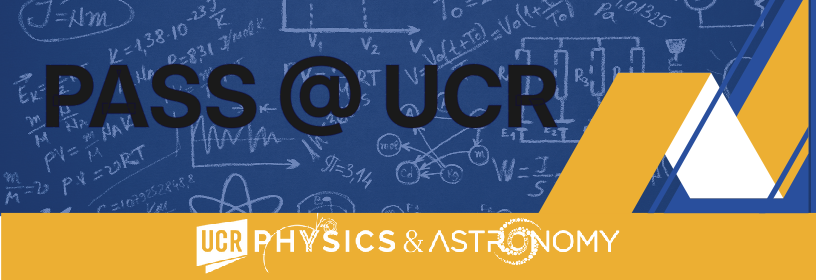
A 10-Parameter Simulation Suite for Cosmological Emulation
Yanhui Yang, PhD student Monday, 12:00 pm, Conference Room (PHYS 3051) A 10-Parameter Simulation Suite for Cosmological Emulation We present Goku, a suite of cosmological N-body simulations, and the corresponding 10-dimensional emulator, GokuEmu, for the nonlinear matter power spectrum. The simulations span the base parameters of ΛCDM cosmology and its extensions, including dynamical dark energy (w_0, w_a), the sum of the neutrino masses (m_ν), the effective number of neutrinos (N_eff), and the running of the scalar spectral index (α_s). Designed within the MF-Box framework, which integrates multi-scale and multi-fidelity simulations, the suite includes high-fidelity simulations evolving 3000^3 particles in 1 (Gpc/h)^3 volumes and low-fidelity simulations with 750^3 particles across varying box sizes. This approach achieves percent-level accuracy in high-likelihood regions and 5% accuracy across broader parameter ranges, while reducing computational costs by over 90% compared to single-fidelity methods. The emulator is valid for redshifts z ≤3 and scales 0.01 ≲ k/(hMpc^−1) ≲ 10. Beyond the matter power spectrum, the simulations also support analyses of other statistical measures, such as the halo mass function. The emulator and its training data are publicly available at https://github.com/astro-YYH/GokuEmu , providing a valuable resource for cosmological parameter inference and model testing. ...